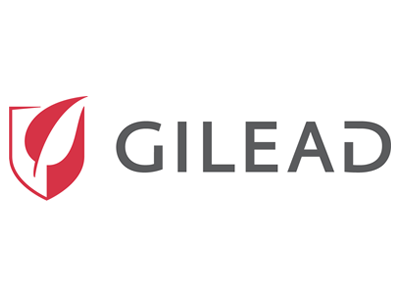 GILEAD-SUPPORTED SPONSORED RESEARCH PROJECT - 2011
GILEAD-SUPPORTED SPONSORED RESEARCH PROJECT - 2011
William Robinson (Medicine)
Rheumatoid arthritis (RA) is an autoimmune synovitis affecting 0.6% of the world population. The pathogenesis of RA involves activation of B cells, as evidenced by the ability of B-cell depletion therapy to attenuate disease activity. One way B cells can contribute to the pathogenesis of autoimmune disease is by producing autoantibodies. Indeed, anti-citrullinated protein autoantibodies (ACPAs) are specifically associated to RA, with autoantibody reactivity to a collection of synthetic citrullinated peptides (the CCP test) currently used in the diagnosis of RA. However, the true endogenous targets of the ACPA antibodies remain undefined, as do the mechanisms by which ACPAs may contribute to RA pathogenesis.
The Robinson laboratory discovered that citrullinated fibrinogen is a major endogenous target of ACPAs in RA, and that immune complexes containing citrullinated fibrinogen circulate in the blood of approximately ½ of patients with ACPA-positive RA and are also present in RA synovial tissue. In examining the putative pathogenicity of citrullinated fibrinogen, the Robinson lab found that immunization with citrullinated fibrinogen induces inflammatory arthritis in mice, and that citrullinated fibrinogen can induce macrophages to produce TNF by dual-stimulating them via Toll-like receptor 4 (TLR4) and Fc gamma receptor (FcgR). Interestingly, incorporation into an immune complex rendered citrullinated fibrinogen a more potent inducer of macrophage TNF production. These findings suggest that citrullination of fibrinogen creates immunologic neoepitopes and confers immunostimulatory properties—a new paradigm that may extend to other molecules targeted by the ACPA response in RA.
We propose to (1) identify the citrullinated antigens contained in circulating and synovial immune complexes in patients with ACPA-positive RA who do not possess immune complexes containing citrullinated fibrinogen; (2) determine whether the citrullinated antigens identified are specific targets of the autoantibody response in RA and thereby useful in the diagnosis or classification of RA; and (3) determine how citrullination renders autoantigens pathogenic. Our overriding hypothesis is that citrullinated autoantigens are pathogenic in RA, and that citrullination creates neoantigens and confers immunostimulatory properties. By characterizing immune complexes associated with RA, we hope to uncover novel citrullinated autoantigens that directly contribute to the pathogenesis of RA.


